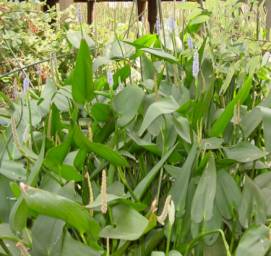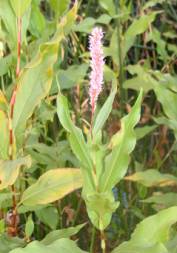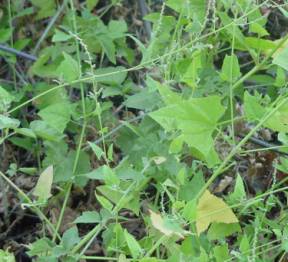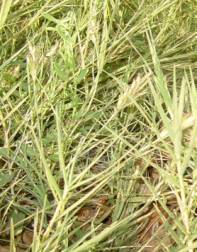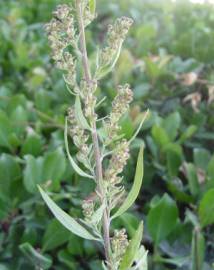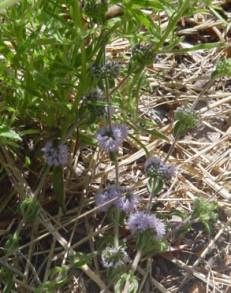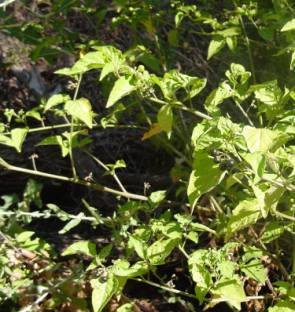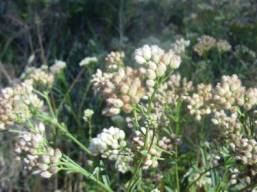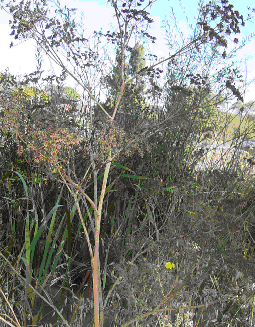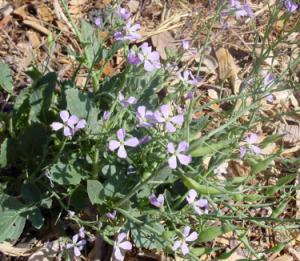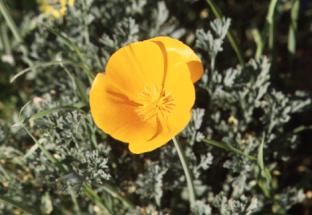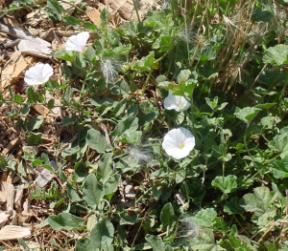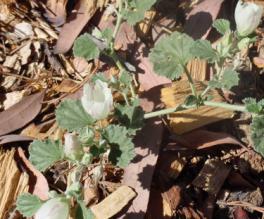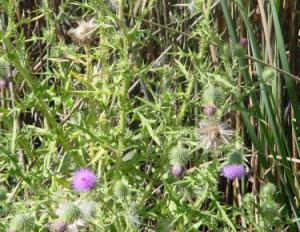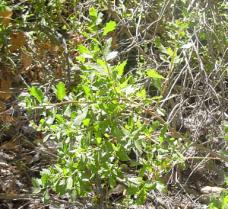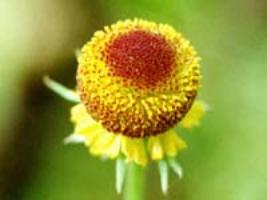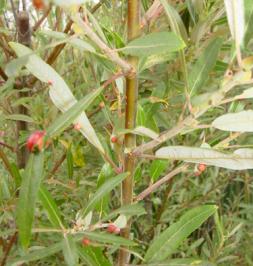|
|
Pickerelweed
Pontederia cordata NON-NATIVE
Pickerelweed
is a perennial aquatic plant,
native to the east coast of United States.
It can reach about 1 meter tall.
The light green stems and leaves emerge annually from a thick pad
of fibrous roots. The leaves are highly variable in shape and size, from
oval to lance-like. The
leaves vary in size from 4 to 25 cm long and 1 to 15 cm wide.
Their leaf veins are orientated in a parallel arrangement starting
at the base. The
compound, violet to blue flowers emerge from an erect spike from May to
October. |
